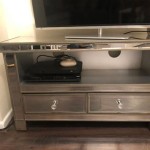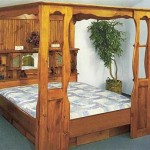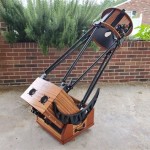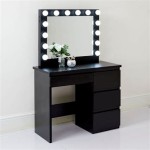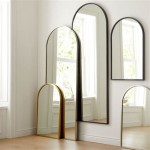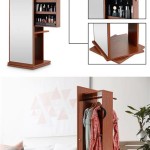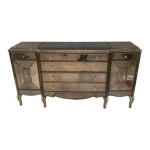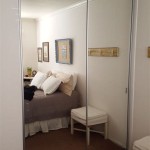Why Does Mirror Therapy Work?
Mirror therapy, a technique involving the use of a mirror to create an illusion of a missing limb, has proven surprisingly effective in treating phantom limb pain and improving motor function after stroke or amputation. This seemingly simple approach involves placing a mirror vertically in front of the patient, reflecting the intact limb, while the patient engages in specific movements. This illusion of a functional limb appears to trick the brain, allowing it to relearn motor control and reduce the sensation of pain.
The Illusion of Movement: Tricking the Brain
One of the key reasons why mirror therapy works is its ability to exploit the brain's plasticity, its capacity to adapt and reorganize itself in response to experience. When an individual loses a limb, the brain continues to receive signals from the missing limb, leading to phantom sensations, including pain. This is because the neural pathways associated with the missing limb remain active, even though they no longer receive input from the limb itself.
Mirror therapy creates the illusion of a functioning limb by reflecting the movement of the intact limb in the mirror, thereby triggering the motor cortex and the brain's sensory areas. While the patient is unaware of the illusion, the brain receives feedback as if the missing limb is moving, stimulating the dormant neural pathways and promoting neuroplasticity. This "re-engagement" of the neural pathways associated with the missing limb helps reduce phantom limb pain by providing the brain with a new, positive sensory experience.
Harnessing Neuroplasticity for Motor Relearning
Beyond pain management, mirror therapy has also shown promising results in promoting motor recovery after stroke or amputation. When a stroke damages the brain, motor control can be lost, leading to paralysis or weakness in the affected limb. Mirror therapy, in this context, assists the brain in relearning how to move the affected limb.
By reflecting the movements of the unaffected limb, mirror therapy provides visual feedback that can help the brain re-establish the neural connections necessary for motor control. This process of "re-mapping" the brain is critical for regaining movement and improving dexterity. The visual feedback provided by the mirror can help the brain learn to activate the correct muscles, leading to gradual improvement in motor function. The combined effect of visual feedback and mental imagery helps to strengthen the motor pathways, ultimately facilitating the re-learning of motor skills.
Beyond the Mirror: Integrating Mirror Therapy with Other Therapies
While mirror therapy is a valuable tool, it is often used in conjunction with other therapies, such as physical therapy and occupational therapy. These therapies provide further stimulation and exercises that complement the benefits of mirror therapy. For instance, physical therapy focuses on strengthening muscles and improving range of motion in the affected limb, while occupational therapy focuses on improving daily living skills and helping individuals participate in their preferred activities.
The combined approach of mirror therapy and other therapies helps create a comprehensive treatment plan that addresses various aspects of motor recovery and pain management. Integrating these therapies allows for a more holistic and effective approach to rehabilitation, ultimately leading to a better quality of life for individuals affected by stroke, amputation, or phantom limb pain.
Mirror Therapy For Chronic Pain The Hand Society

Mirror Therapy For Stroke Patients How To Improve Mobility

A Mirror Therapy System Using Virtual Reality And An Actuated Exoskeleton For The Recovery Of Hand Motor Impairments Study Acceptability Usability Embodiment Scientific Reports

Saebo Mirror Box Therapy Arm And Hand Function

How Does Mirror Therapy Work Hand Academy

Mirror Therapy Wikipedia

Mirror Therapy Amputee Coalition

Mirror Therapy For Phantom Limb Pain

Mirror Therapy Exercises For Stroke Recovery

Mirror Box Therapy Neuroplasticity Following Stroke

